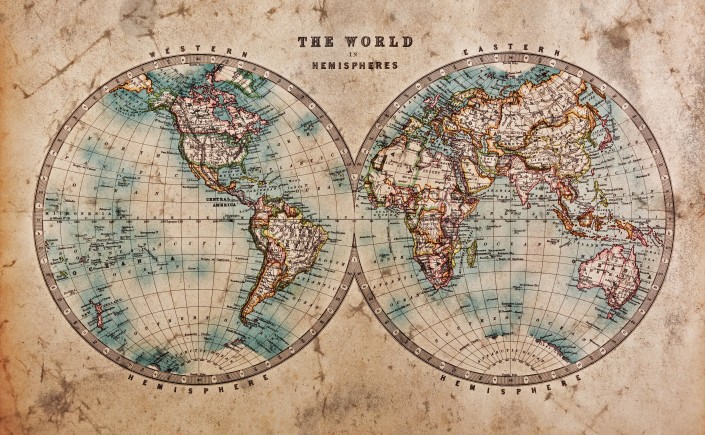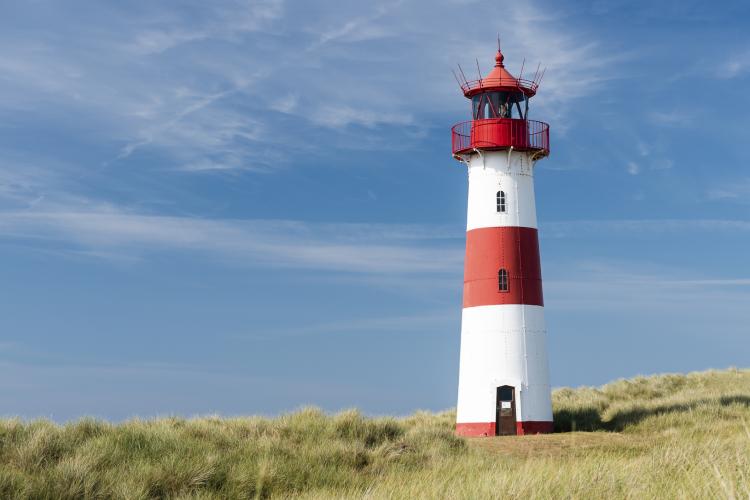Stamp: Tiberias and the Sea of Galilea (Palestine, British Mandate 1927)
Tiberias and the Sea of Galilea (Palestine, British Mandate 1927)
14 August (Palestine, British Mandate ) within release Definitive Issue "Pictorials" 1927 - 1945 goes into circulation Stamp Tiberias and the Sea of Galilea face value 90 Palestine mil
| Stamp Tiberias and the Sea of Galilea in catalogues | |
|---|---|
| Michel: | Mi: GB-PS 68 |
| Yvert et Tellier: | Yt: GB-PS 76 |
| Stanley Gibbons: | Sg: GB-PS 101 |
Stamp is square format.
Also in the issue Definitive Issue "Pictorials" 1927 - 1945:
- Stamp - Dome of the Rock face value 4;
- Stamp - Dome of the Rock face value 6;
- Stamp - Tiberias and the Sea of Galilea face value 200;
- Stamp - Dome of the Rock face value 8;
- Stamp - Tiberias and the Sea of Galilea face value 90;
- Stamp - Dome of the Rock face value 6;
Stamp Tiberias and the Sea of Galilea it reflects the thematic directions:
Geography (from Ancient Greek γεωγραφία geōgraphía; combining gê 'Earth' and gráphō 'write') is the study of the lands, features, inhabitants, and phenomena of Earth. Geography is an all-encompassing discipline that seeks an understanding of the Earth and its human and natural complexities—not merely where objects are, but also how they have changed and come to be. While geography is specific to Earth, many concepts can be applied more broadly to other celestial bodies in the field of planetary science. Geography has been called "a bridge between natural science and social science disciplines
A lake is a naturally occurring, relatively large and fixed body of water on the Earth's surface. It is localized in a basin or interconnected basins surrounded by dry land. Lakes lie completely on land and are separate from the ocean, although they may be connected with the ocean by rivers, such as Lake Ontario. Most lakes are freshwater and account for almost all the world's surface freshwater, but some are salt lakes with salinities even higher than that of seawater. Lakes vary significantly in surface area and volume.
A landscape is the visible features of an area of land, its landforms and how they integrate with natural or man-made features. A landscape includes the physical elements of geophysically defined landforms such as (ice-capped) mountains, hills, water bodies such as rivers, lakes, ponds and the sea, living elements of land cover including indigenous vegetation, human elements including different forms of land use, buildings and structures, and transitory elements such as lighting and weather conditions. Combining both their physical origins and the cultural overlay of human presence, often created over millennia, landscapes reflect a living synthesis of people and place that is vital to local and national identity. The character of a landscape helps define the self-image of the people who inhabit it and a sense of place that differentiates one region from other regions. It is the dynamic backdrop to people’s lives. Landscape can be as varied as farmland, a landscape park, or wilderness. The earth has a vast range of landscapes, including the icy landscapes of polar regions, mountainous landscapes, vast arid desert landscapes, islands and coastal landscapes, densely forested or wooded landscapes including past boreal forests and tropical rainforests, and agricultural landscapes of temperate and tropical regions.
A lighthouse is a tower, building, or other type of structure designed to emit light from a system of lamps and lenses, and to serve as a navigational aid for maritime pilots at sea or on inland waterways. Lighthouses mark dangerous coastlines, hazardous shoals, reefs, and safe entries to harbors, and can assist in aerial navigation. Once widely used, the number of operational lighthouses has declined due to the expense of maintenance and use of electronic navigational systems.




